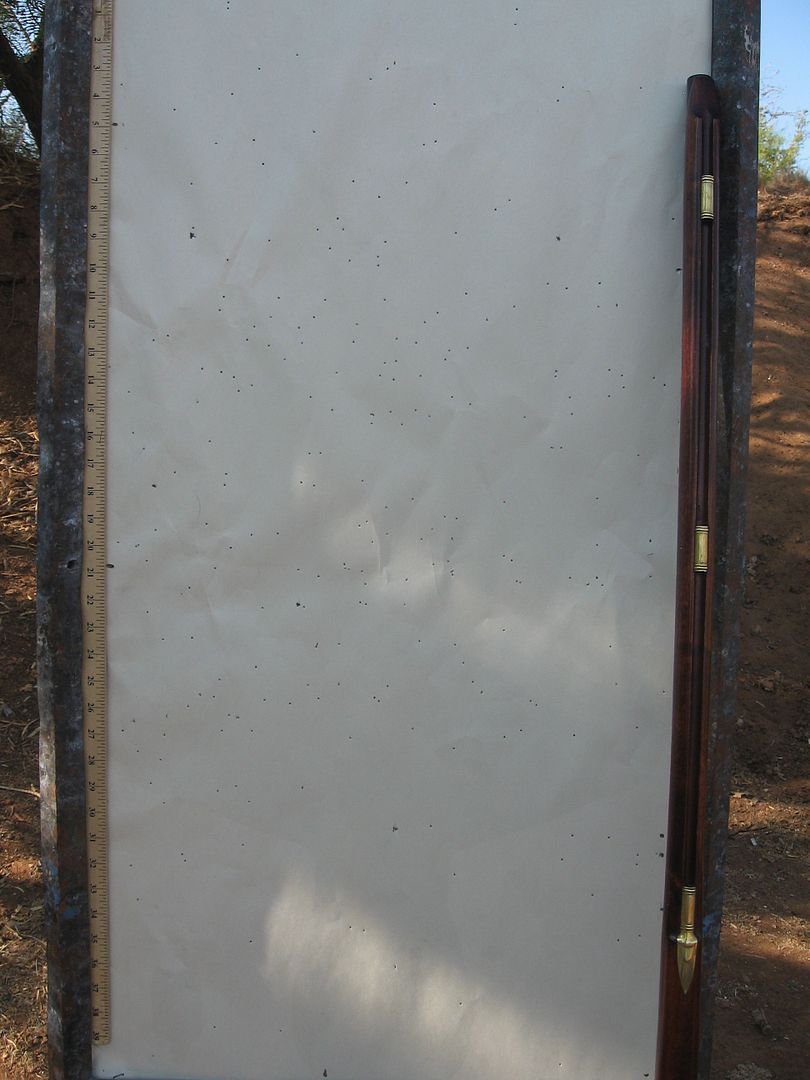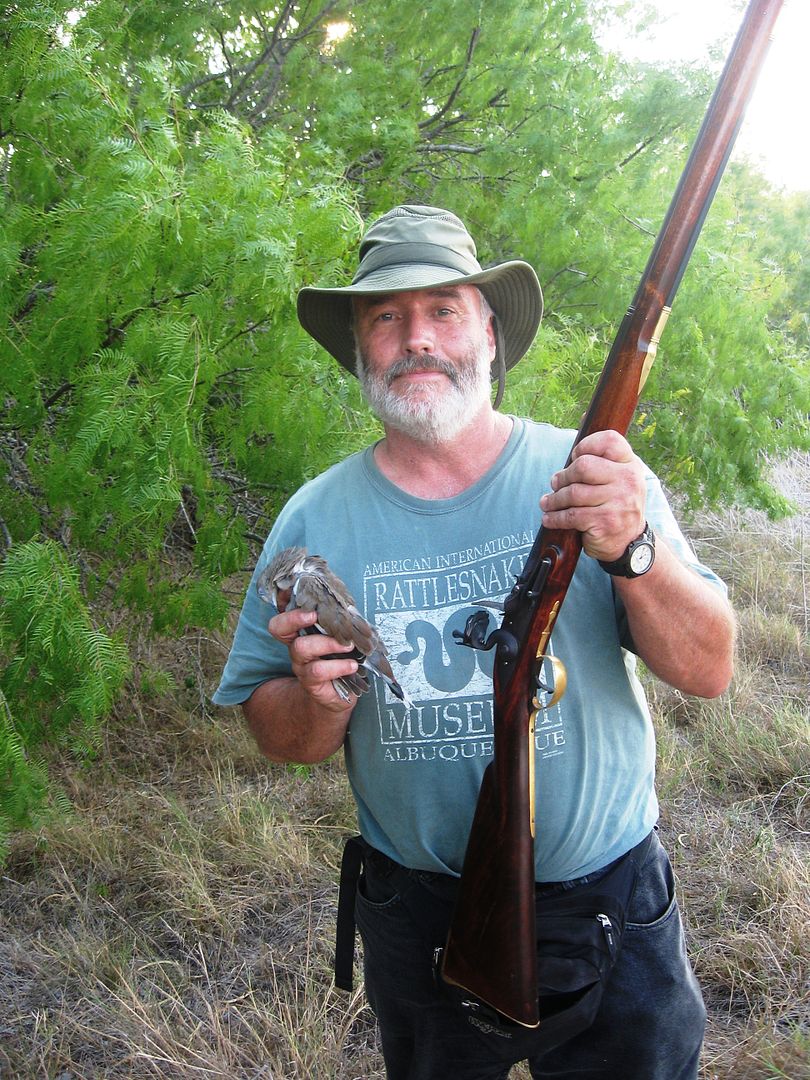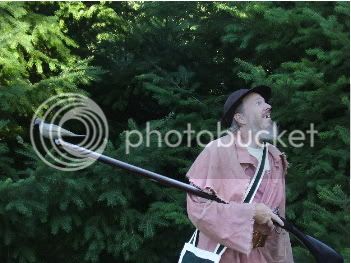The best practice for shooting dove is Sporting Clays, IMHO. Skeet is next, but only because you learn to NOT take shots much past 22 yards- the furthest a clay target is from a skeet position.
The key difference between rifle shooting and shotgun shooting is how you position your feet, and distribute your weight on your feet.
With rifle shooting, you stand with your feet spread beyond the end of your shoulders, so that you lock up your body from the waist, down. That gives you a stable platform to balance your weight, and the weight of the rifle equally between both feet, and have all movement of the gun occur from the waist UP.
With shotgun shooting, your feet are Under your shoulders, like a boxer, karate fighter, or basketball player with the ball. You weight is shifted to your forward hip, so that you can use your back leg to turn your body on your ankles, knees, and hips to go after passing targets while remaining balanced upright.
After you learn this difference- any many shotgun shooters never do---- you then have to learn how to lead targets. That just takes lots of practice. You also learn to relax and let your brain do all the calculations automatically, so that you are pointing the target, NOT aiming that front sight. The sight(s) on a shotgun are only a general reference to guide you in mounting the gun consistently to the same place on your face, and shoulder. Once that is accomplished,your focus switches to the target, and your body moves the gun to and past the target to "lead" it enough that the shot hits the bird.
You are correct about dove. They can stop on a dime and give you back 9 Cents in change. :shocked2: :blah: :idunno: :surrender:
I once was killing doves out at about 30 yards with a cylinder bore shotgun, and my lead was at least 10 feet in front of the birds. The man I was with that day, an experienced hunter, was trying to hit them with a .410, but he missed everything he shot at. I really don't thing he had spent any time at a patterning board, to learn where the pattern was actually hitting compared to where he thought he was pointing that gun. He apparently used a 20 gauge gun when hunting, and just pulled this gun out to use that particular day with me.

:nono:
He could not believe I was able to hit the birds so far out from my gun, nor how much my lead was when I fired my gun. He too thought they were "slow" flyers, when they are anything but slow. I told him that I would miss well behind the birds if I didn't lead them that much when I fired at those distances. As it was, I missed some of the birds, who did a dip sometime between the moment I calculated their flight path, and when the shot got to where they should have been :shocked2: :blah: :haha: :rotf: :grin: My friend missed one that literally turned a 180 degree turn and flew back where it came from just as he fired. Those are the kinds of things that happen where dove hunters just have to laugh. I have seen some pretty long strings of birds taken with consecutive shots by dove hunters, but NO ONE who hunts dove will ever claim they never missed a bird. On my good days, I am shooting between 2 and 3 rounds per bird taken. I try to keep it near as possible to 2, and sometime under that amount when I am HOT. :v
It makes up for those days when I am wondering if I even put ANY shot in those shells? :rotf: :haha: :blah: :shocked2: :surrender: :thumbsup:









